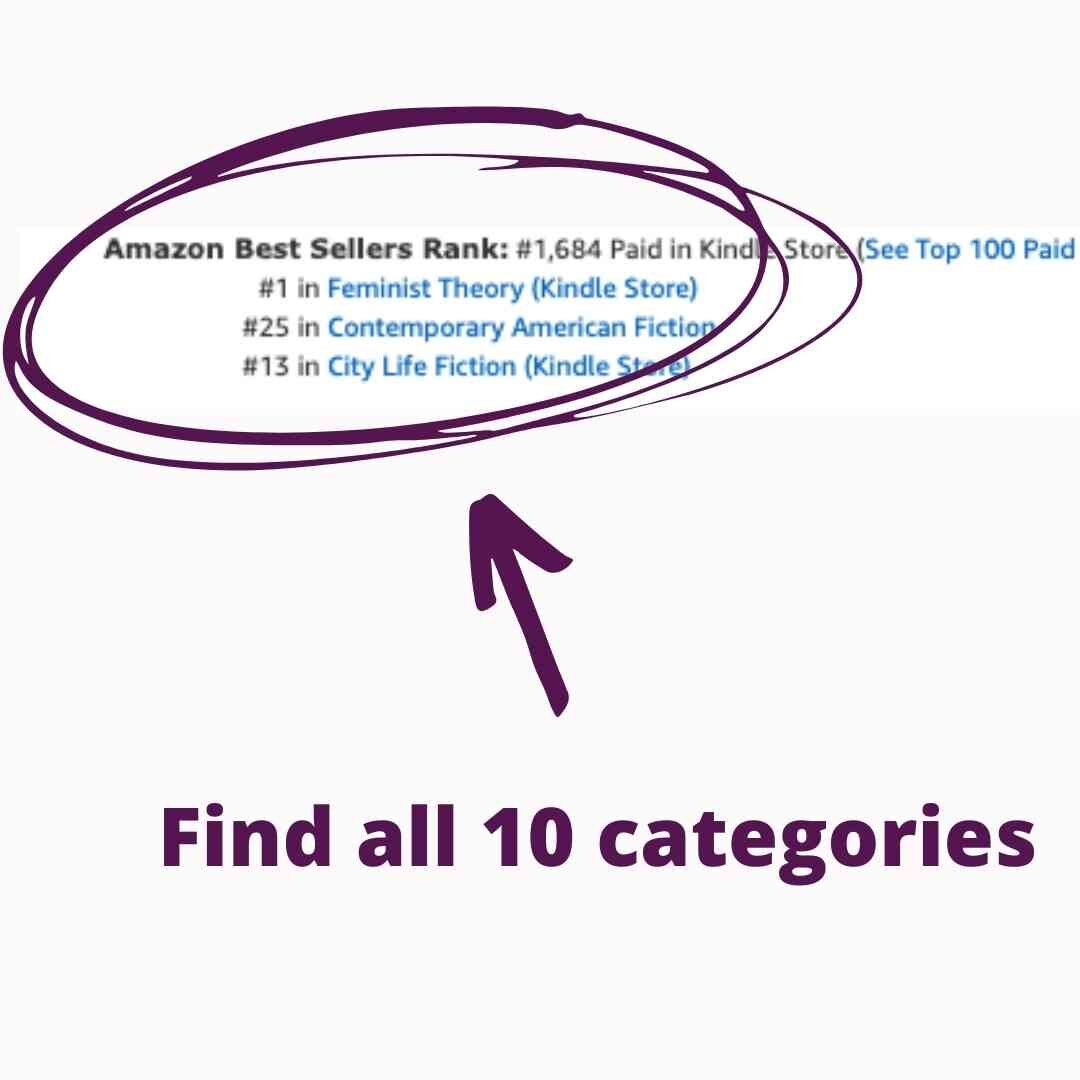Author Marketing Tip: I just found a super useful tool to see what categories a book is placed within on Amazon that I wanted to share.
All credit to David Gaughran, who has an awesome self-pub / free marketing class here and tons of info to help with marketing. He is so gracious in sharing his knowledge and pointed to this when answering a question in the comments on his resources page.
Amazon only show the top 3 categories on a book’s page (public listing), and I’d been wondering, since the old method of typing the ASIN (Amazon Unique Identifier) into search on Amazon does not work any more, whether there was a workaround to see them all. And there is!
You can see all the Amazon categories for a book using this tool on BKLINK.com - you simply enter the ISBN or ASIN.
Here’s an example of the results for my own book, The Exit Strategy, published by The Wild Rose Press.
(And see below for more on why as an author you should care!)
So why does this matter? First for context, although Amazon only shows the top 3 scoring categories for a book on its public page, a book can actually be in up to 10 categories. And your publisher (or you as an author through Author Central, depending on who owns the listing) can email Amazon and ask for your book to be added to additional categories.
When it comes to gaining that coveted #1 Amazon best-seller banner, it’s set by category. So you stand a much higher chance of gaining that little orange #1 Best-seller flag if you are in some smaller categories, and not only the huge ones.
For example, my own book The Exit Strategy, is women’s fiction (a huge category), but it gained the #1 bestseller tag in 2020 in feminist theory, which is much smaller (and it also fits within).
Here’s what showed for categories on my Amazon page in August 2020, when I ran a 99c sale and gained that #1 best-seller banner.
The three top categories (where it ranked highest) were Feminist Theory, Contemporary American Fiction, and City Life Fiction.
In comparison in women’s fiction/ contemporary women’s fiction, on average, you need to sell 2000 – 4000 copies (a day) to make the #1 slot. As I understand it, 10,000 a week or more gets you in USA Today best-seller territory so that’s a lot – it’s means your book is a massive best-seller, overall.
So knowing the other categories your book is in – or knowing this for other books- can help you identify a range of categories where you want your book to be placed (both large and small ones). I used a tool called Publisher Rocket to look at the relative sizes (in sales /day). But there are also other manual ways outlined here to work out the average sales in a category.
Just be aware that you do not want to “force fit” your book within a category where it does not belong, or it won’t get clicked on (and the Amazon algorithm is likely to consider that it is not much liked). And the ONLY way to know if it belongs is to look at that specific category at the top sellers.
As an example with my own book, it’s set in Silicon Valley and for a heartbeat I thought urban fiction might be a fit. If you want a giggle click on this link to the urban fiction category - apparently urban fiction = shirtless dude on cover type romance (not dinging it - just an example of how you cannot go on category name alone!).
I’m only half of an expert here but happy to answer any questions if this is gibberish to you or you’d like more info!
Also let me know if this was helpful?


